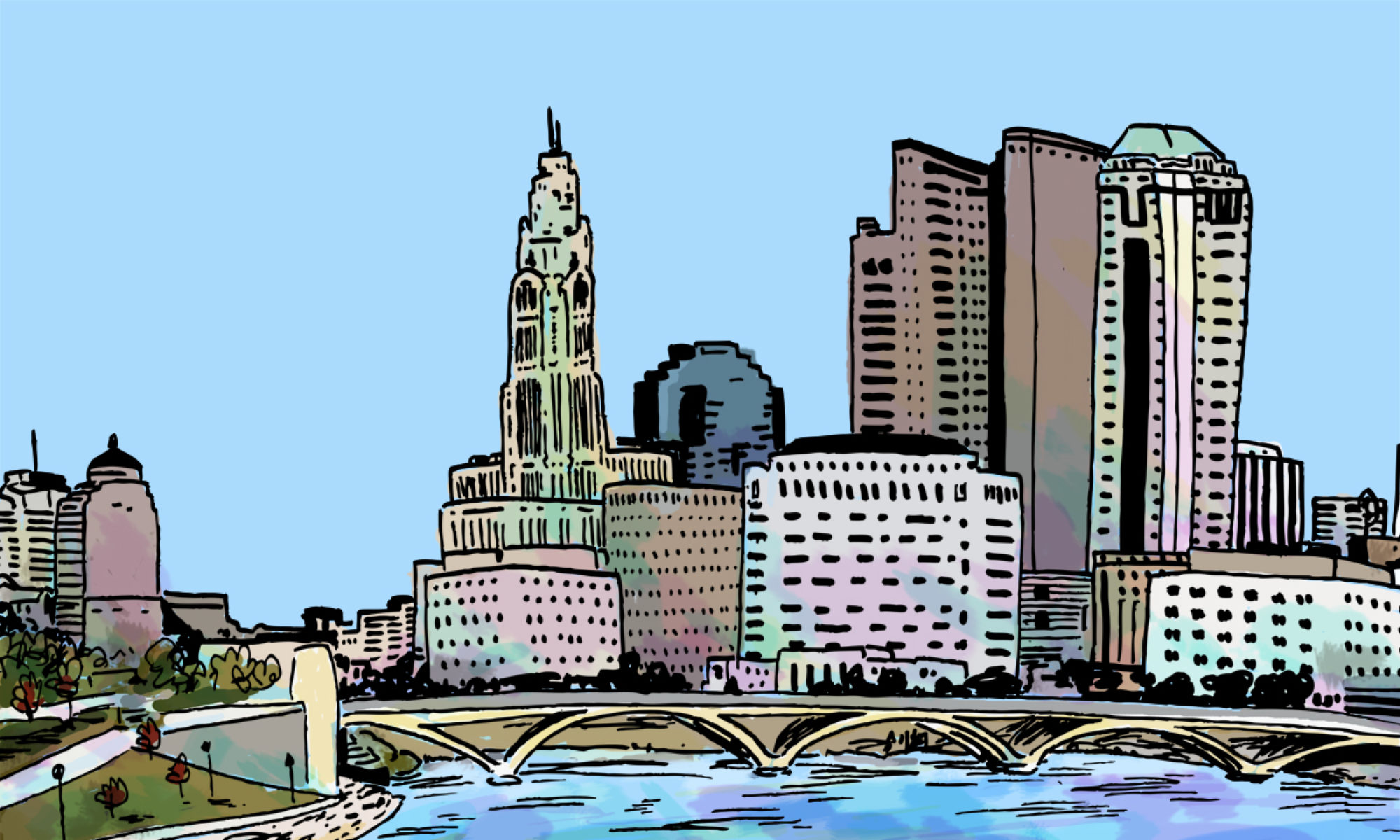Imagine you’ve slaved away for weeks, months, or even years to finally complete your first comic and now you’re ready to share it with the world. Unless you are planning on a DIY approach with a photocopier or some other avenue, that means choosing and working with a printer.
It might be a little daunting working with a printer for the first time. They’ll refer to a lot of unfamiliar terms and might even point out problems with how your work is set up. There’s no need to be intimidated, however. Here is a quick rundown of some basics to keep in mind and common mistakes to avoid as you move forward publishing your first comic.
Page Size
Before you begin, it is important to determine the size you’d like your final book to be. The industry standard for most modern comics is 6.625” x 10.25”, though you could go bigger with a Magazine size (8”x10.5”) or smaller with what many printers call a “Manga” size (5.25” x 8”). Many specialty comic printers that you find online have specific price points based on these typical sizes, so they’re good places to start. Working in some unusual, non-conforming size can usually be accommodated by these printers, but will cost much more. If you’re planning something along these lines, we recommend shopping around and getting quotes from multiple printers.
Page Count
Always remember, your page count should be divisible by four. If you examine a common floppy comic book, you’ll see two pages printed side by side front and back, and then folded and bound with staples. This is referred to as saddle stitch binding. Common page counts are 24, 32, and 48, though you can produce as little as 4 (a cover, two inside pages, and a back cover). If you are ambitious and have a big page count, like 72 or more, consult with your printer as a better option might be perfect binding, where the pages are glued together into a spine.
Artwork Resolution
A very common mistake to steer clear of is producing your work at an inappropriate resolution for print. Though an image can look great at 72 DPI (dots per inch) on your computer screen, it will look grainy and pixellated when it appears on a printed page. Typically, it is recommended that your work be at least 300 DPI.
Color
If your comic is black and white, you don’t have to worry about this, but color can sometimes be tricky for novices. Generally speaking, when setting up files for print there are two color modes to choose from – CMYK and RGB. You may not know the difference, but your printer certainly does. In short, CMYK is used for print and RGB is typically used for web images.
Bleed
Safe area, trim, and bleed are all terms you need to familiarize yourself with when working with printers. Safe area is the space in which your art will reside on the page and not be in danger of being cut off in the final print. Trim refers to the final dimensions of your book after it is trimmed. If you are working in a standard size, that means your trim is 6.625” x 10.25”. If you are planning on extending your artwork to the very edge of the paper, such as for a cover, you will need to allow for bleed. This means extending your artwork past the trim dimensions, usually .125” on each side.
Paper Stock
There is a never-ending array of paper stocks to choose from. Glossy, matte, bright white, different weights and thicknesses are all something you will need to wade through. Typically, the cover is printed on something sturdier than the interior pages, though you could opt for self wrap, meaning the cover and interior pages are all printed on the same paper. Some printers even offer sketch covers, a blank cover that you can draw on, if that is something you’d like to offer fans at shows or in-person events. Again, work with your printer and explore your options. If there is a particular look and feel you’re going for, or if you provide them with an example, they should be able to have something in stock that is similar.
How Many Copies to Order
There is an advantage to printing in large numbers. Generally speaking, the more you print, the cheaper the cost per unit which provides a higher profit per sale of your book. But, unless you have a deal with Diamond distributors or unlimited storage space in your basement, you will probably want to order more manageable quantities. Our personal rule of thumb is to order fewer copies, keeping in mind that you can always order more if your book proves popular.
Printers
There are a ton of specialty comics printers that can be found online. Here’s a quick rundown of some of the places we’ve tried over the years.
- COMIX WELLSPRING
- INGRAMSPARK
- KA-BLAM
- LITHONINJA
- RA COMICS DIRECT
- PAGE BY PAGE COPIES AND FINISHING Or you can try a local option like Brian Dalton of Page by Page Copies and Finishing. He has been printing comics of all varieties for years and we can’t recommend him enough!
